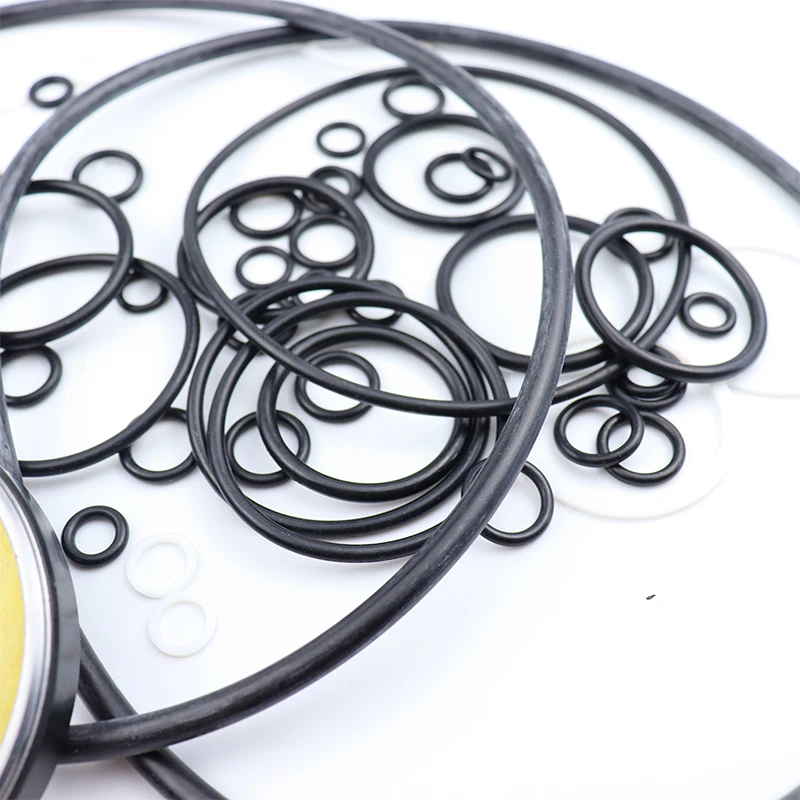ኅዳር . 13, 2024 07:43 Back to list
replacing seals hydraulic cylinder
Replacing Seals in Hydraulic Cylinders A Comprehensive Guide
Hydraulic cylinders are integral components in numerous industrial applications, from construction machinery to agricultural equipment. They convert hydraulic energy into mechanical motion, driving various operations. However, over time, the seals within these cylinders can deteriorate due to wear and tear, leading to leaks and reduced efficiency. Replacing these seals is crucial to maintaining optimal performance and extending the lifespan of hydraulic systems. This article provides a detailed overview of the seal replacement process in hydraulic cylinders.
Understanding Hydraulic Cylinder Seals
Hydraulic cylinders contain several seals that prevent fluid from leaking out of the cylinder and keep contaminants from entering. The main types of seals include rod seals, piston seals, and wiper seals. Rod seals are located at the end of the cylinder, preventing hydraulic fluid from escaping as the rod extends and retracts. Piston seals sit within the cylinder between the piston and the cylinder wall, ensuring that the hydraulic fluid can create the necessary pressure to move the piston. Wiper seals, found at the exposed end of the rod, help keep dirt and debris out of the cylinder.
Signs of Seal Failure
Before embarking on a seal replacement, it's essential to identify the signs of seal failure. Common indications include
1. Visible Leaks Oil or hydraulic fluid pooling around the cylinder is a clear sign that the seals are worn. 2. Reduced Performance A noticeable drop in strength or speed can indicate that the hydraulic pressure is being compromised due to seal issues. 3. Contaminated Fluid Contamination in the hydraulic fluid can suggest that dirt has entered through a failing wiper seal.
Preparation for Seal Replacement
Before replacing the seals, proper preparation is critical. Begin by gathering the necessary tools and materials, including
- Replacement seals (ensure they are the correct size and type) - Hydraulic fluid - A wrench set - A seal puller - A clean, flat workspace - Safety gear, including gloves and goggles
Step-by-Step Replacement Process
replacing seals hydraulic cylinder

1. Safety First Before beginning any maintenance work on hydraulic cylinders, ensure that the equipment is powered down and depressurized to prevent accidental operation.
2. Remove the Cylinder Depending on the specific application, you may need to detach the hydraulic cylinder from the machinery. Take note of how it is connected so you can easily reassemble it later.
3. Disassemble the Cylinder With the cylinder removed, carefully disassemble it, taking care not to damage any components. Use the wrench to remove any bolts or nuts securing the cylinder housing.
4. Remove Old Seals Use a seal puller to carefully extract the old seals from their grooves. Be cautious not to scratch or damage the metal surfaces during this process.
5. Clean the Cylinder Before installing the new seals, ensure the cylinder components are clean and free from dirt. Debris can cause new seals to fail prematurely.
6. Install New Seals Lubricate the new seals with a compatible hydraulic fluid before installation. Place the seals in their respective grooves, ensuring they sit evenly and securely.
7. Reassemble the Cylinder Carefully reassemble the cylinder, ensuring that all components are aligned correctly. Tighten the bolts to the manufacturer's specifications.
8. Test the System Once reassembled, reconnect the cylinder to the machinery, refill with hydraulic fluid, and test the system. Check for any leaks and monitor the performance to ensure everything operates smoothly.
Conclusion
Replacing seals in hydraulic cylinders is a vital maintenance task that can save time and money in the long run. By recognizing the signs of seal failure and following proper replacement procedures, operators can ensure their hydraulic systems remain efficient and reliable. Regular maintenance not only enhances performance but also prolongs the life of hydraulic equipment, making it a worthwhile investment for any industrial operation.
-
The Trans-formative Journey of Wheel Hub Oil Seals
NewsJun.06,2025
-
Graphene-Enhanced Oil Seals: Revolutionizing High-Pressure Oil Sealing
NewsJun.06,2025
-
Future of Hydraulic Sealing: Advanced Intelligent TCN Oil Seals
NewsJun.06,2025
-
Don’t Let a Broken TCV Oil Seal Ruin Your Day
NewsJun.06,2025
-
Bio-Inspired Dust Seals for Better Sealing Performance
NewsJun.06,2025
-
Biodegradable and Sustainable Hydraulic Seal Materials
NewsJun.06,2025
-
Top Oil Seal Solutions for Your Industrial Needs
NewsMay.22,2025
Products categories
















